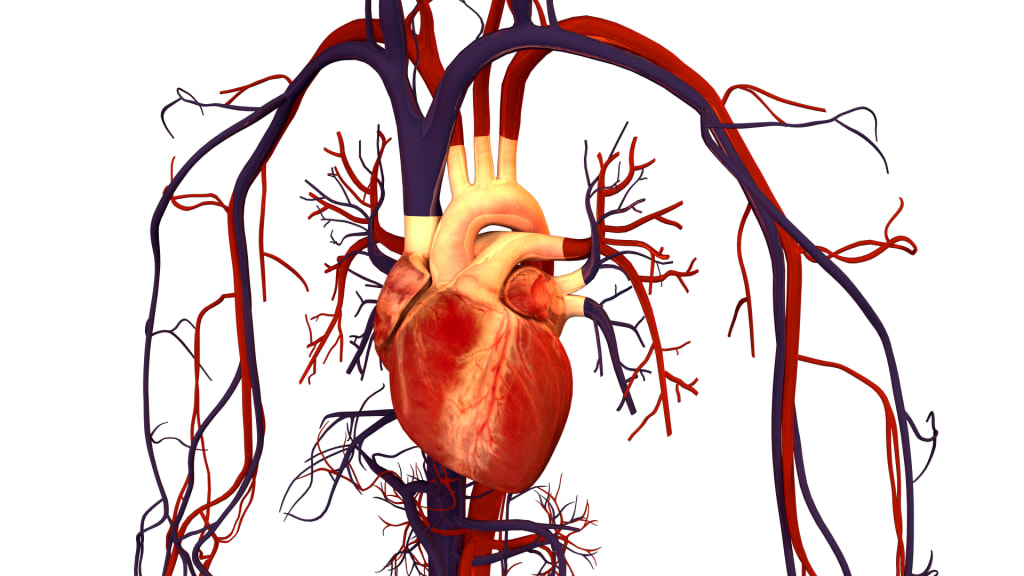
Shock is a critical physiological emergency characterized by hypoperfusion to the body's cells, tissues, and organs, where blood and oxygen fail to reach cells necessary for their function. Understanding the fundamental principles of shock physiology is crucial for recognizing and responding effectively to patients in shock.
Shock can arise from several broad reasons and is categorized based on specific types. The first cause of shock is low systemic volume, resulting from insufficient fluid and blood circulation throughout the body. This condition leads to decreased blood pressure, making it challenging for blood and oxygen to reach cells adequately. Another cause of shock is inadequate pump function, often due to dysfunction of the heart, which fails to circulate fluid volume effectively.
A loss of tone in the blood vessels throughout the body is another cause of shock. When blood vessels are unable to shrink and dilate appropriately in response to demands on the body, it impairs blood flow, leading to shock. Understanding these basic principles of shock physiology is essential for recognizing and addressing shock in patients effectively.
To delve deeper into shock categorization, it is crucial to understand the various types of shock and their underlying mechanisms. The first category is hypovolemic shock, characterized by low volume, either due to hemorrhage or fluid loss. Hemorrhagic shock typically results from traumatic injuries, causing significant blood loss. Conversely, fluid loss or dehydration can lead to hypovolemic shock due to excessive sweating, diarrhea, vomiting, inadequate fluid intake, or burn injuries.
The next category of shock is distributive shock, which involves the redistribution of fluid within the body. In distributive shock, intravascular fluid shifts outside of the vessels, leading to low intravascular volume despite the fluid remaining in the body. An example of distributive shock is anaphylaxis, an exaggerated allergic response that shifts intravascular fluid outside the vessels, causing hypoperfusion. Sepsis, a systemic infection, and neurogenic shock, resulting from nerve dysfunction leading to loss of vessel tone, are other causes of distributive shock.
Cardiogenic shock, the next category, is caused by pump failure, typically due to damage or death of heart muscle tissue, such as during a heart attack or myocardial infarction. Other causes include infection, medication or drug overdose, or abnormal heart rhythm leading to poor output. Finally, obstructive shock occurs when something obstructs the flow of blood, despite adequate volume and pump function. This obstruction can be due to blood clots, leaks of blood or fluid around the heart or lungs, or other factors that impede blood flow.
Understanding these categories of shock is essential for recognizing their underlying mechanisms and providing appropriate treatment. Each type of shock requires a different approach, and recognizing the specific type guides treatment decisions.
For example, in hypovolemic shock, the priority is to restore fluid volume through fluid resuscitation. In distributive shock, addressing the underlying cause, such as anaphylaxis or sepsis, is crucial, along with supportive measures to stabilize the patient's condition. Cardiogenic shock requires interventions to support cardiac function and address the underlying cause of pump failure.
Similarly, in obstructive shock, identifying and removing the obstruction, such as a blood clot or fluid accumulation, is essential for restoring normal blood flow. By understanding the mechanisms and categories of shock, healthcare providers can effectively diagnose and treat patients in shock, improving outcomes and reducing mortality.
In summary, shock is a critical physiological emergency characterized by hypoperfusion to the body's cells, tissues, and organs.Understanding the fundamental principles of shock physiology and its categorization into hypovolemic, distributive, cardiogenic, and obstructive types is essential for recognizing and effectively treating patients in shock. By addressing the underlying mechanisms and providing appropriate interventions, healthcare providers can improve outcomes and reduce mortality in patients experiencing shock.
About the Creator
Abeer Abbas
I am a doctor with plenty of luck, and I love of science and beauty.






Comments
There are no comments for this story
Be the first to respond and start the conversation.